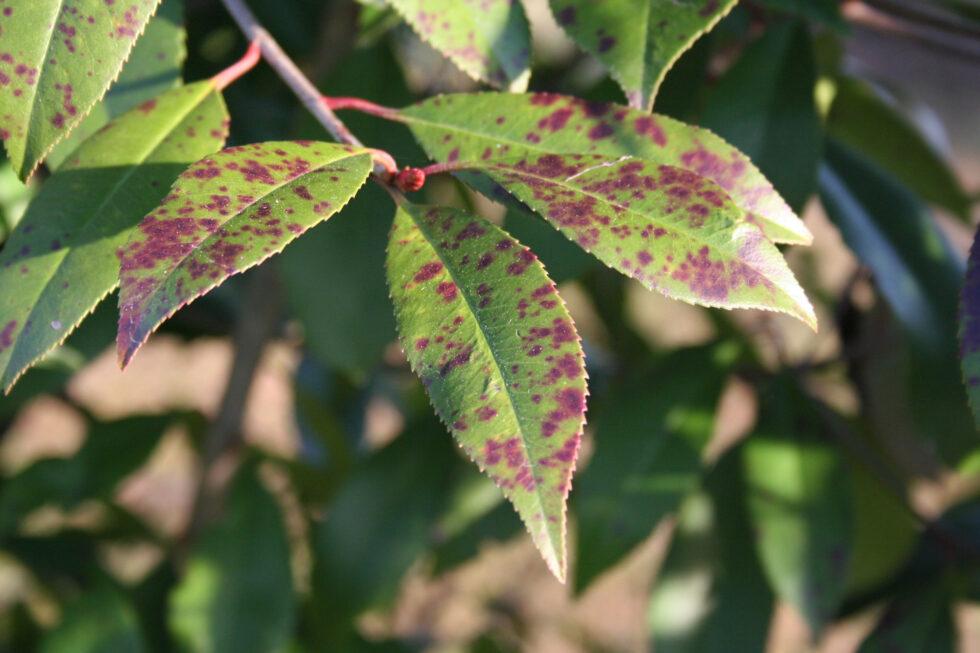Trees with Fire Blight in Southern Maryland need to be treated ASAP. Learn how to identify, treat, and care for trees with Fire Blight in this complete guide.
Your orchard was growing beautifully—until fire blight swept through. Now, you’re scrambling to salvage your trees.
Unfortunately, when it comes to fire blight, Southern Maryland weather conditions are prime for spreading disease.
What is fire blight in Southern Maryland, and how can you treat fire blight? Here’s what growers should know—and when it’s time to call expert arbor care tree services.
What is the Threat?
Fire blight is a fruit tree disease caused by the Erwinia amylovora bacterium. It is the most devastating and hard-to-control disease affecting fruit trees and members of the rose family.
The bacteria gets into a tree through cankers and sits throughout the winter. Then, when conditions are warm enough (at least 60 degrees Fahrenheit with humidity or rain) the bacteria multiply.
Where is the Threat?
Fire blight has been reported in all major apple-growing regions of the United States. It occurs primarily in the warmest regions in climate Zone 4 to Zone 7, as the bacteria thrives in warm conditions.
Fire blight can occur on more than 75 species of trees and shrubs, including:
Crabapple
Pear
Quince
Serviceberry
Hawthorn
However, the blight is most commonly seen in apple, crabapple, and mountain ash trees, as well as rosaceous ornamental plants.
Symptoms
Fire blight gets its name from its characteristic effect—the appearance of a plant scorched by fire.
Blighted leaves and infected shoots turn brown or black, often wilting into a 180-degree shepherd’s crook. The tree does not shed the leaves and instead keeps them clinging throughout the season. Blighted fruit shrivels and mummifies, clinging to the tree for several months.
You’ll also notice cankers in the bark and stems, often emitting a sticky bacterial ooze. These cankers initially appear wet, as if the tree has a pocket of water, but eventually, they become sunken and dark with cracks in the surrounding bark. These cankers act like cold sores, pockets where the tree holds the bacteria spreading through its system.
What to Do About It
Unfortunately, there is no cure. This makes prevention incredibly important.
With the help of expert tree care services, you can spray your plants with bactericides and insecticides, supplemented by proper sanitation measures. An arborist can also help you safely remove an infected plant without spreading the infection to its neighbors.
If you notice that a tree has blighted leaves or cankers, remove them during the dormant season. This will not necessarily remove the disease, but it can limit its severity. Do not prune infected leaves or branches during the growing season, as this will spread the blight.
Turn to an Expert in Southern Maryland
In cases of fire blight, Southern Maryland trees are especially susceptible due to favorable climate conditions. That’s why you need an expert arborist in Southern Maryland to keep your trees healthy.
We offer expert tree services in Calvert County, Charles County, St. Mary’s County, and a few other areas in Southern Maryland—and we have the most five-star reviews of any tree service in the area. So if you need experts to help protect your trees, get in touch today to schedule your free on-site estimate.

